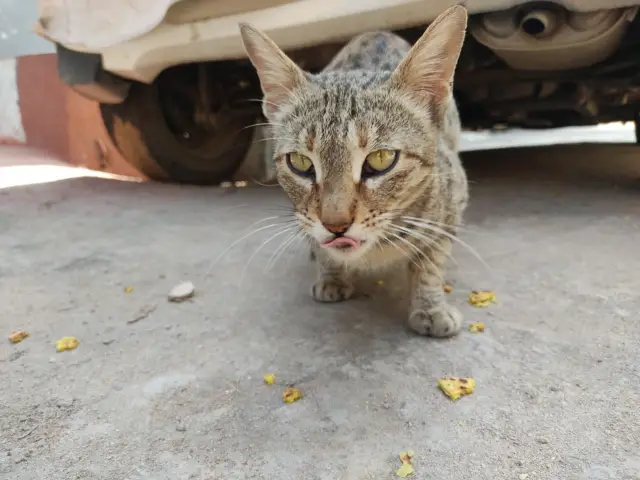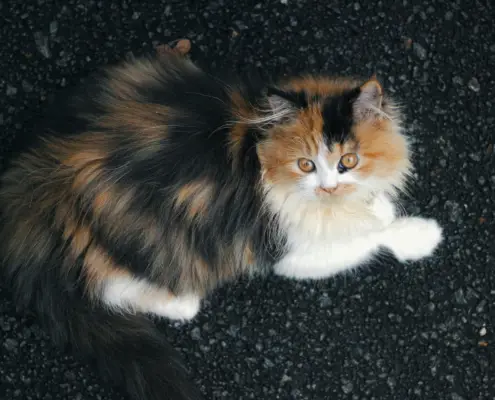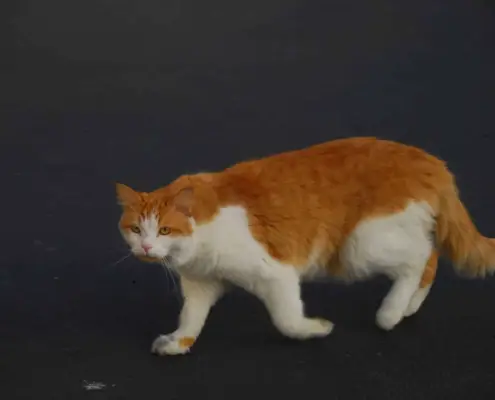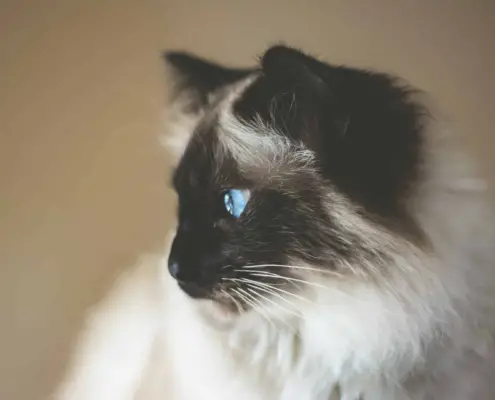
Cats are fascinating creatures with a unique set of taste preferences. As pet owners, it is essential to understand what our feline companions can and cannot taste. By gaining insight into the feline palette, we can provide them with a diet that satisfies their needs and promotes their overall well-being. This article delves into the intricate world of cat taste buds, revealing what cats are unable to taste and how it affects their dietary choices.
Understanding the taste buds of cats
Like humans, cats possess taste buds that allow them to perceive different flavors. However, there are some notable differences in the number and sensitivity of taste buds. Cats have around 470 taste buds, while humans have approximately 9,000. This disparity suggests that cats may not experience taste in the same way we do. Additionally, the taste buds of cats are more specialized, emphasizing their reliance on certain flavors.
What can cats taste?
Cats have taste buds that can detect the basic tastes of sweet, sour, bitter, and salty. However, their sensitivity to these tastes varies. For example, cats are known to have a reduced ability to taste sweetness compared to humans. This is due to a genetic mutation that affects their sweet taste receptors. While cats can perceive sweetness, it is likely less appealing to them than other flavors. On the other hand, cats are more sensitive to bitter tastes, which may explain their aversion to certain foods or medications.
What are cats unable to taste?
Despite having taste buds for sweet, sour, bitter, and salty, cats lack the ability to taste several specific flavors. One notable taste that cats can detect is the savory taste known as umami. Umami is often associated with meaty or savory flavors such as those found in beef or chicken. While cats can still enjoy the texture and smell of these foods, they do not experience the full umami taste. Additionally, cats are unable to taste the compounds responsible for detecting spiciness, such as capsaicin found in chili peppers. This is why cats are not affected by the heat of spicy foods like humans are.
The science behind cats’ taste preferences
The unique taste preferences of cats can be attributed to their evolutionary history as obligate carnivores. Cats have evolved to prioritize certain flavors that are essential for their survival. For example, their preference for proteins and fats is crucial for obtaining the necessary nutrients to thrive. This preference for meaty flavors is deeply ingrained in their genetic makeup. Understanding these preferences helps us design diets that align with their natural instincts and nutritional requirements.
The role of taste in a cat’s diet
While taste is a significant factor in a cat’s diet, it is not the sole determinant of their food choices. Cats also rely on their other senses, such as smell and texture, to assess the desirability of food. The aroma of a meal can greatly influence a cat’s willingness to eat it. Similarly, the texture of food can impact their enjoyment and satisfaction. By considering all of these factors, cat owners can provide a well-rounded diet that appeals to their feline companions.
How cats rely on other senses for food preferences
Cats have a highly developed sense of smell, which plays a crucial role in their food preferences. Their olfactory system is far more sensitive than that of humans, allowing them to detect even the subtlest of scents. This heightened sense of smell helps cats identify and locate food sources. It also influences their perception of taste, as certain aromas can enhance or diminish the perceived flavor of food. Additionally, cats’ sensitivity to temperature and texture further contributes to their food preferences.
The impact of taste on a cat’s health and well-being
While taste preferences may seem like a trivial aspect of a cat’s life, they can have a significant impact on their health and overall well-being. Providing a diet that aligns with a cat’s taste preferences ensures they receive the necessary nutrients and enjoy their meals. If a cat consistently dislikes their food, they may become malnourished or develop behavioral issues related to mealtime. Additionally, taste can influence a cat’s hydration habits, as some flavors may encourage or discourage water intake. By understanding and catering to their taste preferences, we can promote a healthy and contented feline companion.
Catering to a cat’s taste preferences – tips for cat owners
As responsible cat owners, it is crucial to cater to our feline companions’ taste preferences while ensuring their nutritional needs are met. Here are some tips to help you provide a diet that satisfies your cat’s taste buds:
- Offer a variety of flavors: Cats can have individual taste preferences, so offering a diverse range of flavors allows them to choose what they enjoy most.
- Pay attention to texture: Cats have unique preferences when it comes to food texture. Experiment with different textures, such as pate, chunks, or shredded, to find what your cat prefers.
- Introduce new flavors gradually: Cats can be hesitant when it comes to trying new foods. Introduce new flavors slowly, mixing them with familiar foods to increase acceptance.
- Consider natural and high-quality ingredients: Opt for cat food made with real meat and minimal additives. Natural ingredients often provide a more appealing taste to cats.
- Consult with a veterinarian: If you have concerns about your cat’s taste preferences or dietary needs, consult with a veterinarian who can provide personalized advice based on your cat’s health and requirements.
Conclusion
Understanding the feline palette and what cats are unable to taste is essential for providing our feline companions with a diet that meets their needs. While cats may have a limited range of taste sensations compared to humans, their unique preferences play a vital role in their overall well-being. By considering their taste preferences, along with other sensory factors, cat owners can ensure their furry friends enjoy their meals and receive the nutrition they require. So, next time you offer your cat a meal, remember to take their taste buds into consideration and provide them with a satisfying and nutritious dining experience.
If you enjoyed my article, I would appreciate you sharing it with your network.

Sima Ndlebe
Sima writes for CatBuzz. He is interested in Cats, Health and Fitness, and Entrepreneurship.
Published: 2 June 2024




